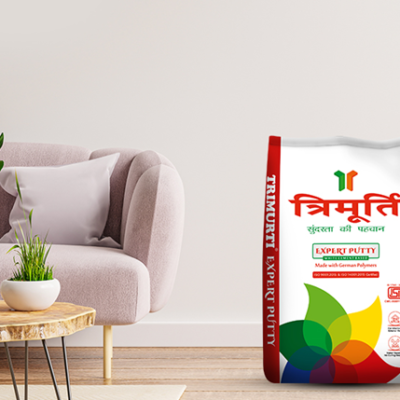Rajasthan is a state situated in the northwestern part of India. It has been tremendously known for its rich heritage, culture, tradition, and Rajasthani Handicrafts. A place where art meets culture and tradition meets values. Rajasthan is the true epitome of art and culture and this reflects in its Handicrafts. Yet another thing that makes Rajasthan a beautiful and must-visit place is its vibrant and colorful textiles, which are crafted using traditional techniques of Block Printing. The art of block printing has been practiced in Rajasthan for centuries now, and it is a testament to the rich art and culture of the state.
History of Rajasthani Block Printing
Block Printing in simple words is a technique of printing designs on fabrics using a wooden block. The wooden blocks are carved with intricate designs, the ink is then applied to these blocks, and then the wooden blocks are pressed on the fabric to print the blocks on the cloth. The technique of block printing is believed to have originated in China and was brought to India in the 12th century.
Block Printing in India became popular because of the Mughals. They were the great patrons of art and crafts and the Rajasthani artisans were the ones who first adopted all the crafts. the kings of that time used to wear elaborate textiles made using this technique. Over time, the art of block printing became more refined, and the artisans developed new techniques and designs.
Themes and Techniques
Block printing in Rajasthan is characterized by its intricate designs, vibrant colors, and use of natural dyes. The designs are often inspired by nature, mythology, and religion. Some of the popular designs include floral motifs, peacocks, elephants, and geometric patterns.
The artisans use traditional techniques such as “dabu,” “bagru,” and “chhipa” to create these designs. Dabu is a technique of resist dyeing where a mud paste is applied to the fabric before it is block printed. The mud paste resists the dye, creating a unique design. Bagru is a technique of printing using vegetable dyes, and chhipa is a technique of printing using natural dyes.
Reviving Traditional Techniques
The art of block printing requires patience. The artisans must be skilled in carving unique designs on wooden blocks, selecting the die, and applying carefully to the cloth. However, modern technology has provided much easiness in this process. The art form has become much easier but it still requires creativity and skills. With the advent of modern technology and the availability of cheaper and faster production methods, the art of block printing was in danger of dying out.
To save this art form many organizations and Government has come up with certain schemes to promote and preserve the art of Block Printing. Various training centers and workshops have been established for the young artists to learn this skill. Also, they can work and practice on their skills in those workshops by adding some modern taste to this art.
The revival of block printing has not only helped preserve this traditional art form but has also provided livelihoods to many artisans in Rajasthan. The demand for handcrafted textiles is growing, and the artisans are able to sell their products both domestically and internationally. You can now get Block printed fabrics online by search for Rajasthani Handicrafts Online.
Conclusion
Block printing is a testament to Rajasthan’s rich cultural heritage, and its revival is a testament to the resilience of the state’s artisans. The art of block printing requires skill, patience, and creativity, and it is an art form that should be preserved and promoted. By reviving traditional techniques, the artisans are not only preserving their cultural heritage but are also contributing to the growth of the local economy.





